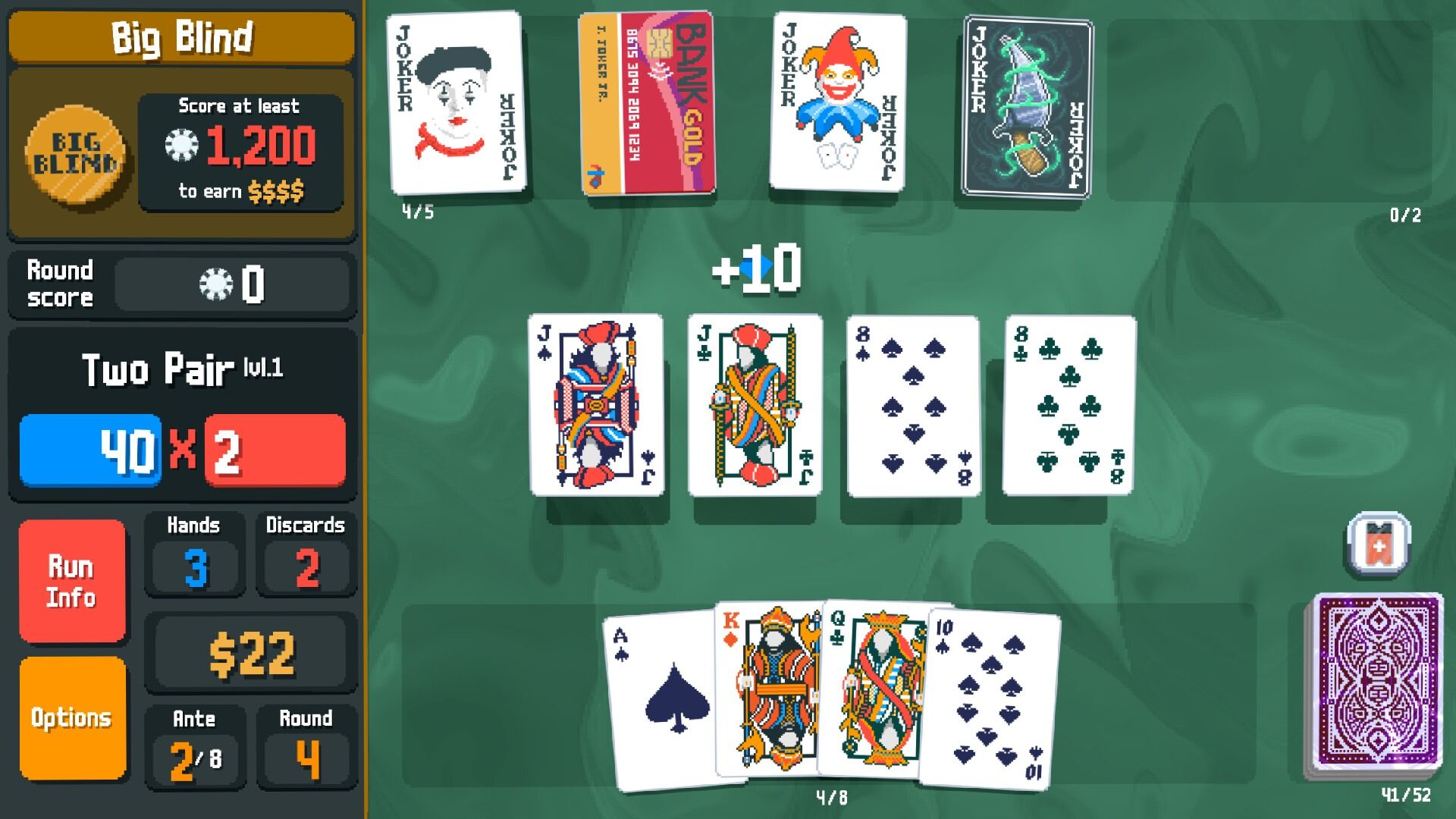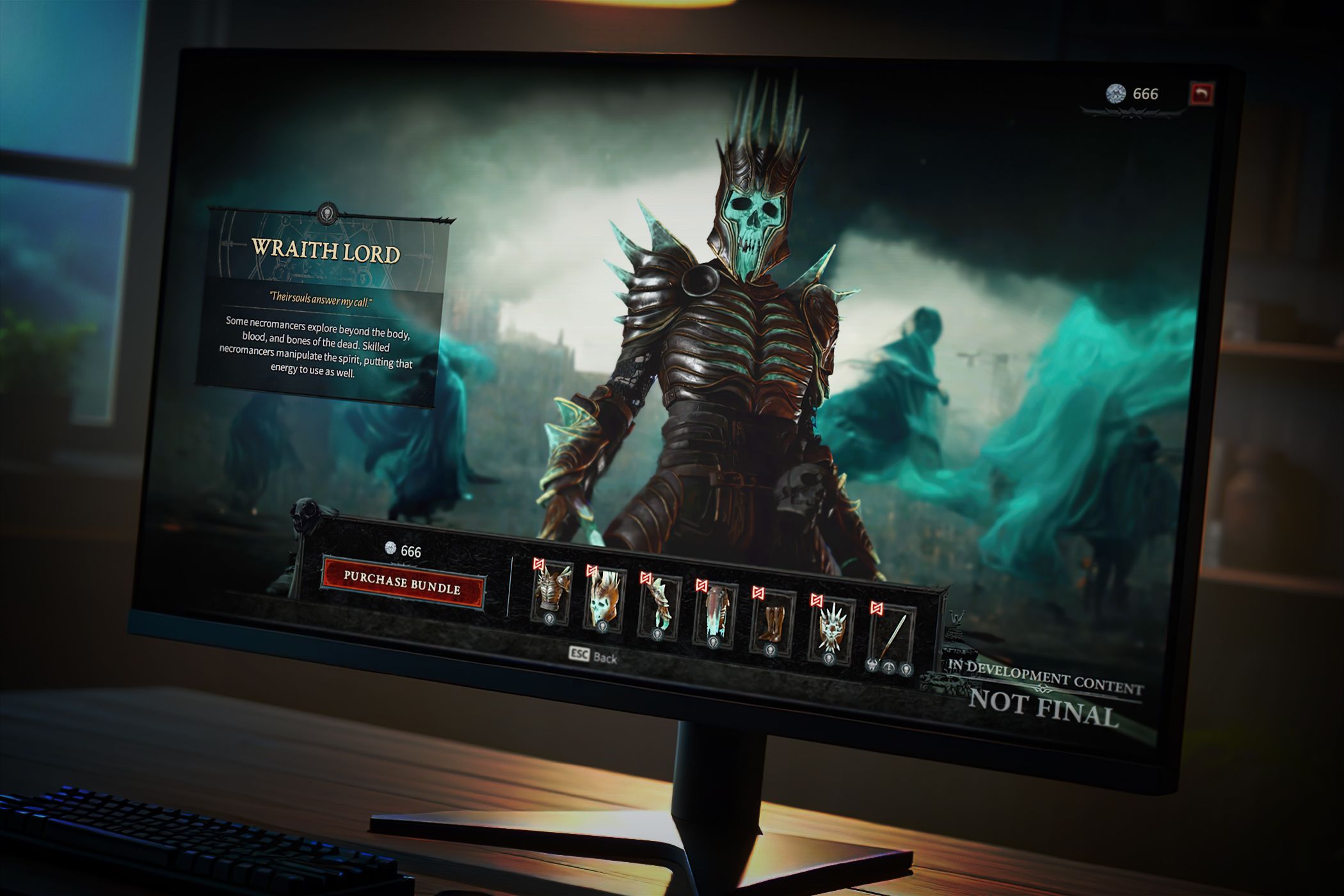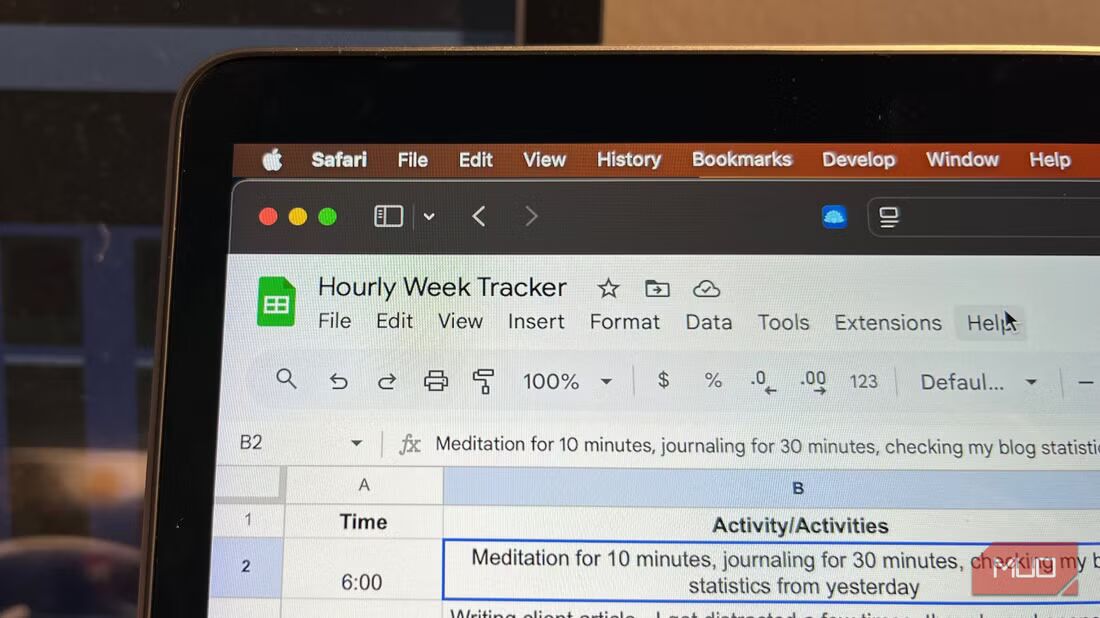There’s no shortage of incredible games on the market, but some garner more attention than others. If you’ve largely stuck to big releases from companies like Electronic Arts and Ubisoft, you’re missing out on a wealth of indie titles that are just as exciting. Here’s why I love to play smaller indie games instead of just blockbuster hits.
1Indies Experiment With Cool New Concepts
One of the main reasons indie games are so fun is because they’re willing to take risks. Unlike large games with a multi-million-dollar budget, most indies are created by a small team (or single developer) with much smaller pockets. This allows them to take risks that bigger companies can’t, often resulting in unique concepts you won’t find in larger games.
Look no further than Balatro for a prime example of this. The quirky title puts a unique spin on poker, turning it into a roguelike deck-building game that has pulled in millions of fans. There’s also Animal Well, which is a dense Metroidvania game that doesn’t feature any traditional combat — something almost unthinkable in the modern gaming landscape.
It’s certainly possible to find unique gaming experiences in blockbusters, but it has become more and more difficult. Large companies are more inclined to release a title they know will perform well than take a risk on something new and unproven, whereas indies thrive in this experimental gray zone. So if you think video games have grown stale, diving into an indie game will likely cleanse your palate.
2They’re Much Cheaper Than AAA Blockbusters
Gaming can be an expensive hobby, as many new releases cost $70. That’s not true for indies, which often clock in at under $40 (and usually much lower). UFO 50 is one of the best indie games of 2024, providing you with 50 retro titles with a modern flair. And despite all its content, it’s available for $25.
The infinitely replayable Spelunky 2 is $20 and the iconic Stardew Valley is $15 — meaning you can pick up all three titles for less than the price of a typical AAA game.
That’s a lot of cool gaming experiences for cheap and many fans of indies see them as better value than expensive $70 releases. That’s especially true if the $70 game is essentially a rehash of last year’s release, which is often the case for long-running series that have been around for decades.
3Indies Don’t Steal All Your Time
I’m a big fan of short and sweet video games, as longer games are often filled with low-quality content to pad their runtime. That’s not the case with indies, as they get right to the action without delay. They’re also less demanding on your schedule. Unlike some modern games that offer daily login rewards and elicit a sense of FOMO, indies usually let you move at your own pace.
A Short Hike and The Stanley Parable are both short and sweet gaming experiences that can be completed in just a few hours. However, you’ll also find indies like Stardew Valley that can be played endlessly for hundreds of hours. But because it’s not filled with time-gated content, you’re free to fit it into your schedule. Whether you play a few minutes a day or sit down for a marathon gaming session each night, both play styles are perfectly acceptable.
In other words, indies are free of the modern maladies of gaming. You won’t find season passes, pay-to-win microtransactions are a rarity, and FOMO-inducing content is few and far between.
4You Can Discover Intimate, Personalized Narratives
Because indie games are made by small teams, they’re able to tell intimate tales. Large AAA games often get watered down because there are “too many cooks in the kitchen”, so to speak, which can turn the original vision into a shadow of itself.
Celeste and Undertale are great examples of the innovative narratives available in indie games. The former is an emotional tale about anxiety and depression bundled into a hard-nosed platformer, while the latter is a 2D role-playing game that turns the genre on its head and offers different endings based on your in-game actions.
Indie games are an excellent outlet for these types of stories, allowing their creator unrestricted freedom to tell their tale as they see fit. That’s not always the case for larger games, which might have tighter deadlines and more responsibility to turn a profit for shareholders.
While indie games aren’t perfect, they’re a nice alternative to the AAA titles you’ll see advertised around the web. That’s not to say all blockbuster releases are bad — far from it. But if you’re not exploring the many indie games available on the market, you’re missing out on some of the best gaming experiences the industry has to offer.






